Focus on Environmental Sustainability
The growing focus on environmental sustainability is a key driver for the circulating fluid-bed-boilers market. As organizations and governments prioritize reducing carbon footprints, the demand for cleaner energy solutions is escalating. Circulating fluid-bed boilers are recognized for their lower emissions compared to traditional combustion technologies, making them an attractive option for industries aiming to comply with environmental regulations. The U.S. Environmental Protection Agency (EPA) has set stringent emission standards, which may further propel the adoption of these boilers. The market is expected to witness a growth rate of approximately 6% as industries transition towards more sustainable practices. This shift not only aligns with regulatory requirements but also enhances corporate social responsibility initiatives, thereby reinforcing the relevance of the circulating fluid-bed-boilers market in the current energy landscape.
Increasing Demand for Energy Efficiency
The circulating fluid-bed-boilers market is experiencing a notable surge in demand driven by the increasing emphasis on energy efficiency across various sectors. Industries are seeking solutions that not only reduce operational costs but also minimize environmental impact. The efficiency of circulating fluid-bed boilers, which can achieve thermal efficiencies of up to 90%, positions them as a favorable option. Furthermore, the U.S. government has been promoting energy-efficient technologies, which may lead to a projected growth rate of approximately 5% annually in this market. This trend indicates a shift towards adopting advanced boiler technologies that align with sustainability goals, thereby enhancing the overall appeal of the circulating fluid-bed-boilers market. As industries strive to meet stringent energy regulations, the demand for these boilers is likely to continue its upward trajectory.
Rising Industrialization and Urbanization
The ongoing industrialization and urbanization in the U.S. are contributing significantly to the growth of the circulating fluid-bed-boilers market. As urban areas expand, the demand for energy and efficient heating solutions increases. Industries such as power generation, manufacturing, and waste management are increasingly adopting circulating fluid-bed boilers due to their ability to handle a variety of fuels, including biomass and waste materials. This versatility is particularly appealing in urban settings where waste-to-energy initiatives are gaining traction. The market is projected to grow at a compound annual growth rate (CAGR) of around 4% over the next few years, driven by the need for reliable and efficient energy sources. Consequently, the circulating fluid-bed-boilers market is poised to benefit from the broader trends of industrial growth and urban development.
Government Incentives and Support Programs
Government incentives and support programs are playing a crucial role in driving the circulating fluid-bed-boilers market. Various federal and state initiatives aim to promote the adoption of clean energy technologies, including financial incentives for industries that invest in energy-efficient solutions. Programs that offer tax credits, grants, and low-interest loans are encouraging businesses to transition to circulating fluid-bed boilers, which are known for their efficiency and lower emissions. The potential for reduced operational costs and compliance with environmental regulations makes these incentives particularly attractive. As a result, the market is expected to grow at a rate of approximately 4% as more industries take advantage of these government programs. This support not only fosters innovation but also aligns with national energy goals, thereby enhancing the viability of the circulating fluid-bed-boilers market.
Technological Innovations in Boiler Design
Technological innovations in boiler design are significantly influencing the circulating fluid-bed-boilers market. Advances in materials and engineering have led to the development of more efficient and durable boilers that can operate under varying conditions. Innovations such as enhanced heat transfer mechanisms and improved fuel flexibility are making these boilers more appealing to a broader range of industries. The integration of automation and control systems is also enhancing operational efficiency, potentially reducing maintenance costs. As industries seek to optimize their energy production processes, the market for circulating fluid-bed boilers is likely to expand, with a projected growth rate of around 5% in the coming years. These technological advancements not only improve performance but also contribute to the overall sustainability of energy production.


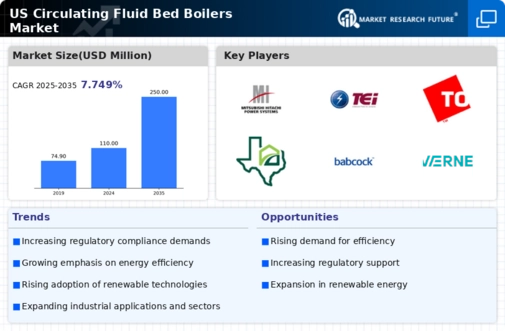
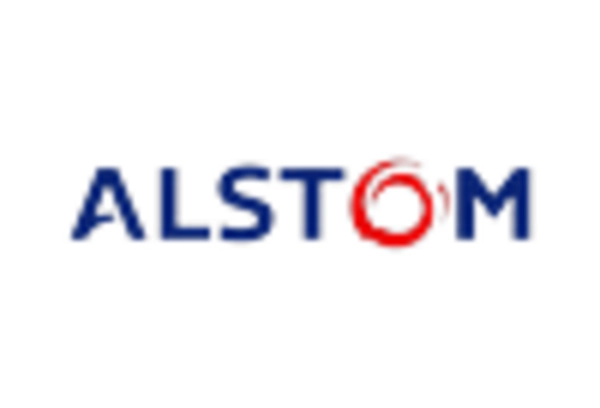
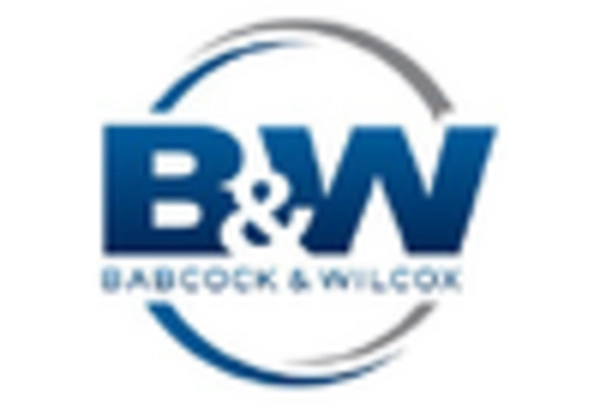
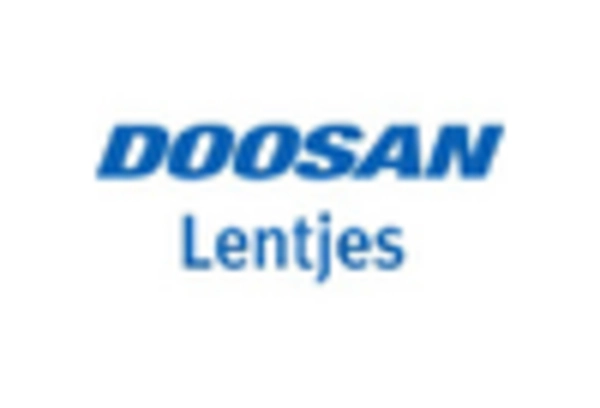

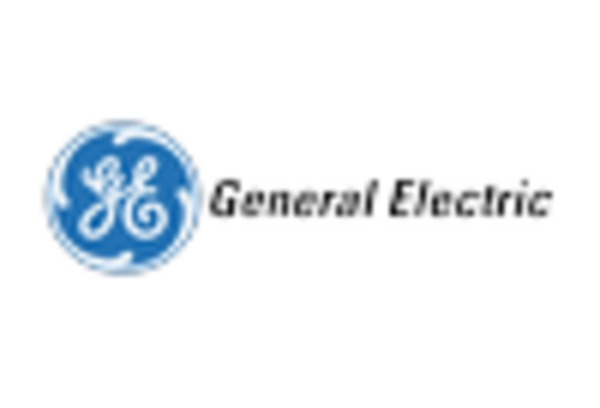









Leave a Comment